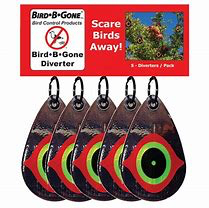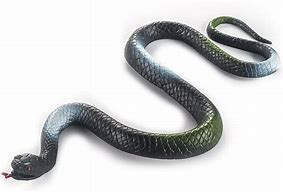Skip to content
- Taken overall, birds are considered beneficial to gardens since they eat insect pests. However, birds will also damage a number of crops.
- Birds often damage tomatoes by pecking holes in them to obtain moisture. Less often, they may damage cucumbers and squash.
- Plant seeds are a natural food for birds —- very compact form of protein, fats and nutrients. When seeds are covered by the recommended amount of soil, they can escape birds’ notice more easily. Still, many gardeners sow more seeds than necessary to ensure enough survive, then thin them appropriately later.


- Birds can eat some young plant shoots that are under 8” tall. Most vulnerable are lettuce, spinach, Swiss chard, beets, broccoli, peas, and cabbage.
- Much of the damage birds have done in our community garden has been inside the greenhouses during the Winter when snow has covered up many of their food sources outside.
- "Scarecrows," or at least the modern version: shiny, reflective, moving things that startle birds.
- Various kinds of wind-activated spinners create the sudden movements that startle birds.


- Decoys that resemble predators such as owls and hawks can be effective for a short time; however, birds quickly learn they aren’t really a threat.

- Rubber snakes have proven to be a better long-term deterrent for birds since it’s the snake’s nature to remain still until its prey has come within range
- Bird netting has been very successful for the garden’s blueberry crops. Row covers or domed tents of it can protect crops while they’re beginning.
- Strands of monofilament fishing line, strung above row crops, have also proven effective. Forsome reason, birds show an aversion to fishing line.
- Bird baths around the garden may reduce bird-peck damage by giving them an easier source of water.









